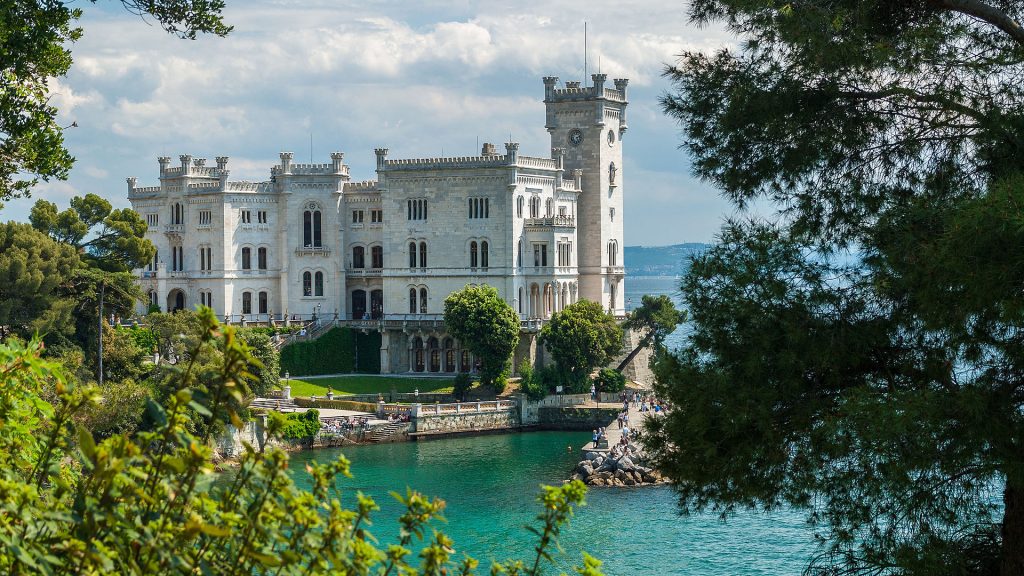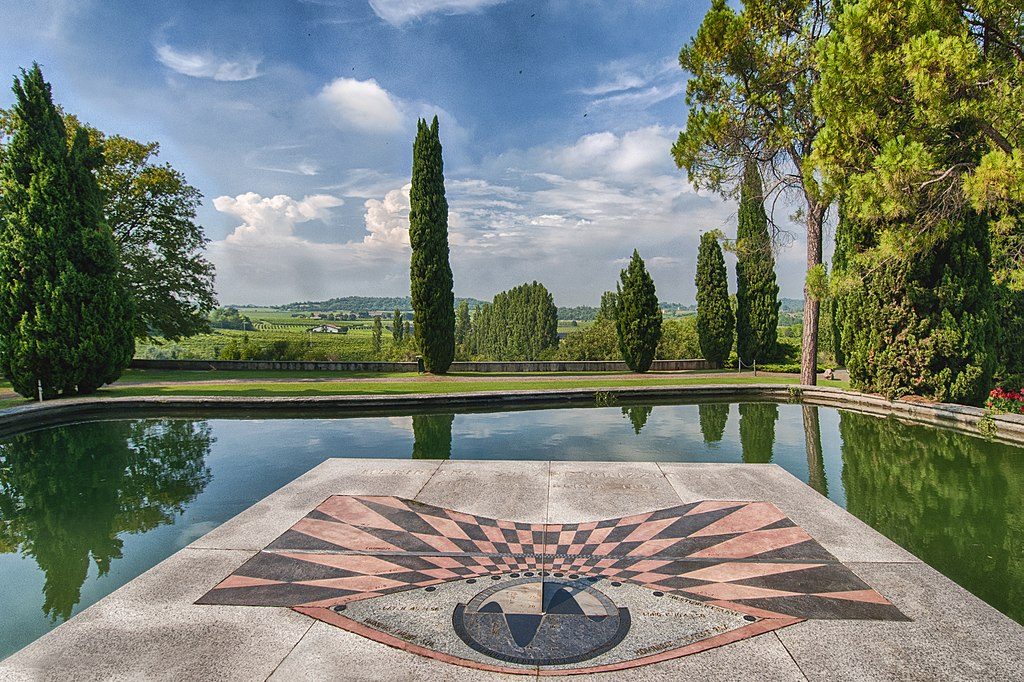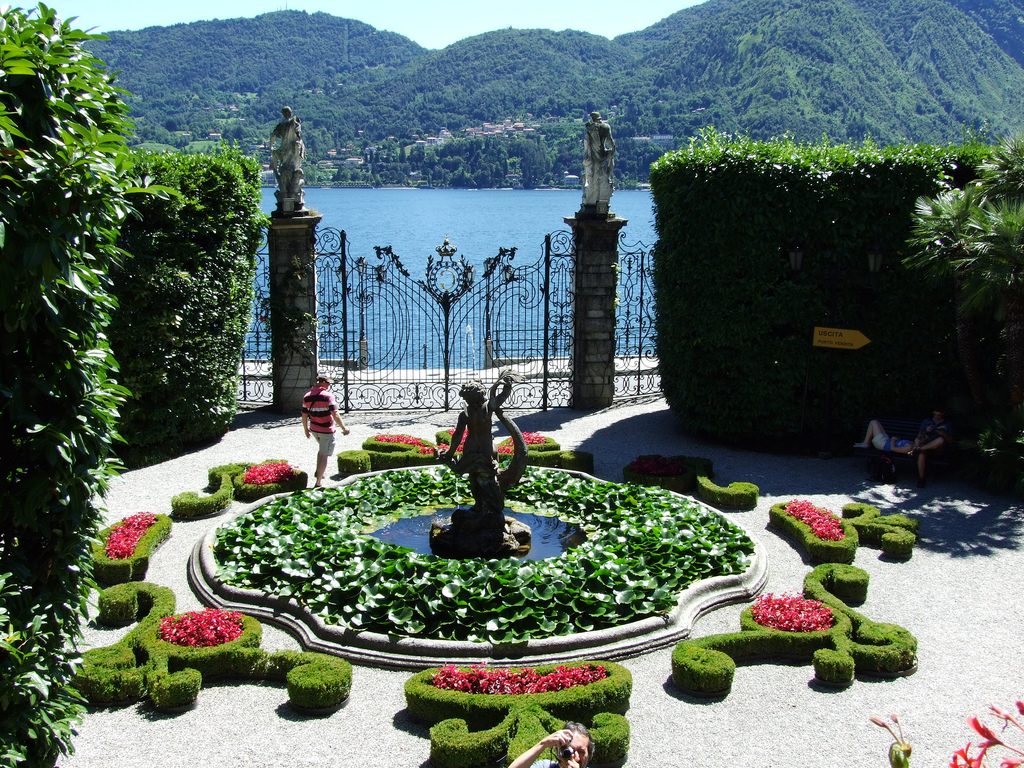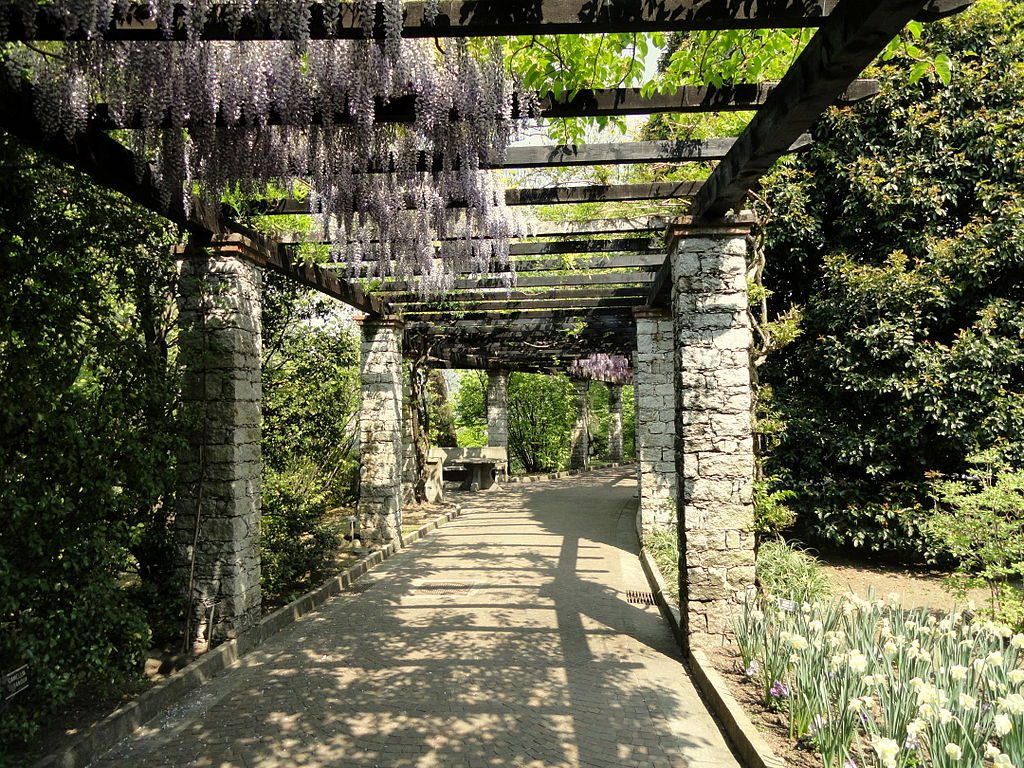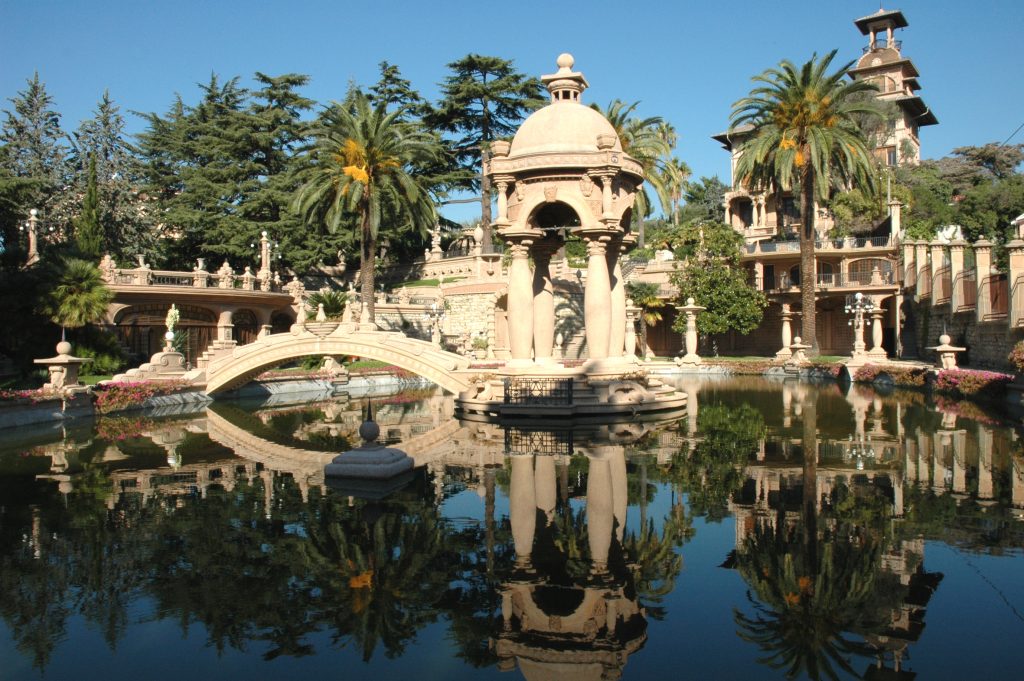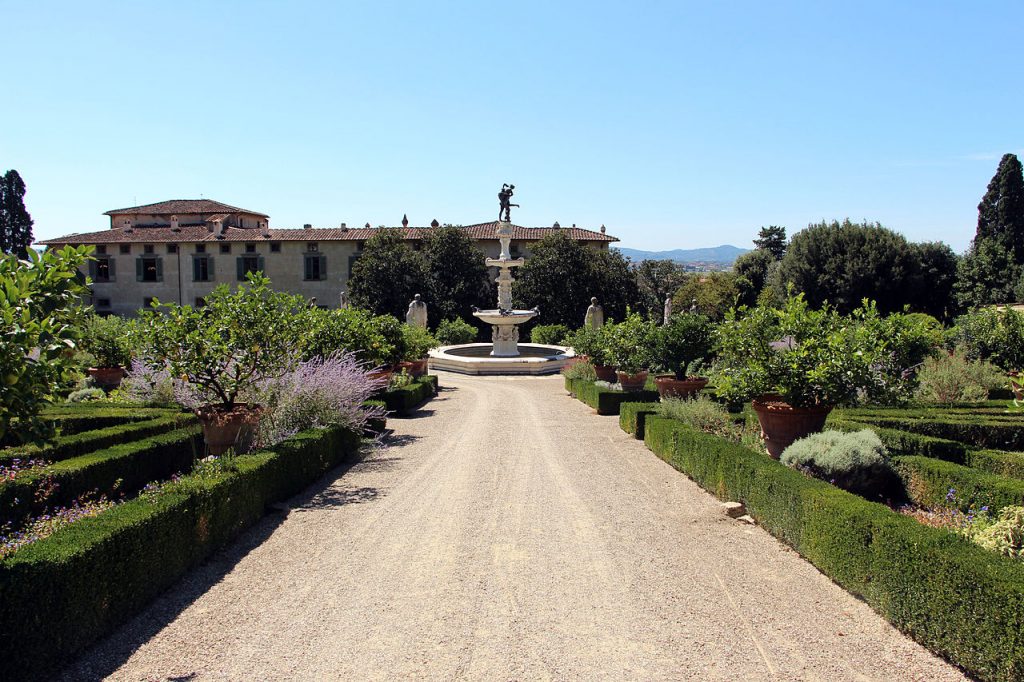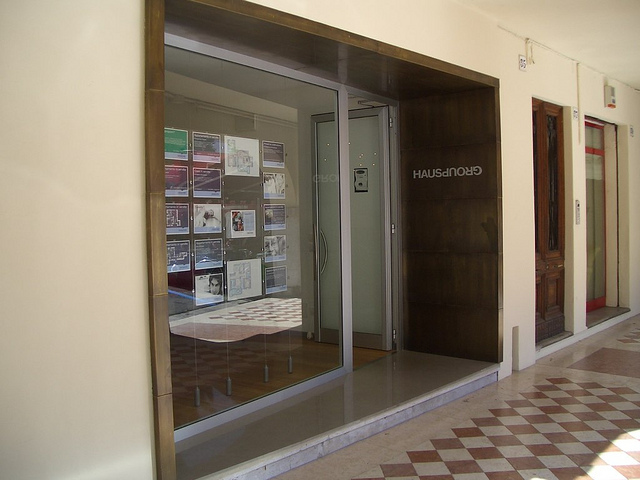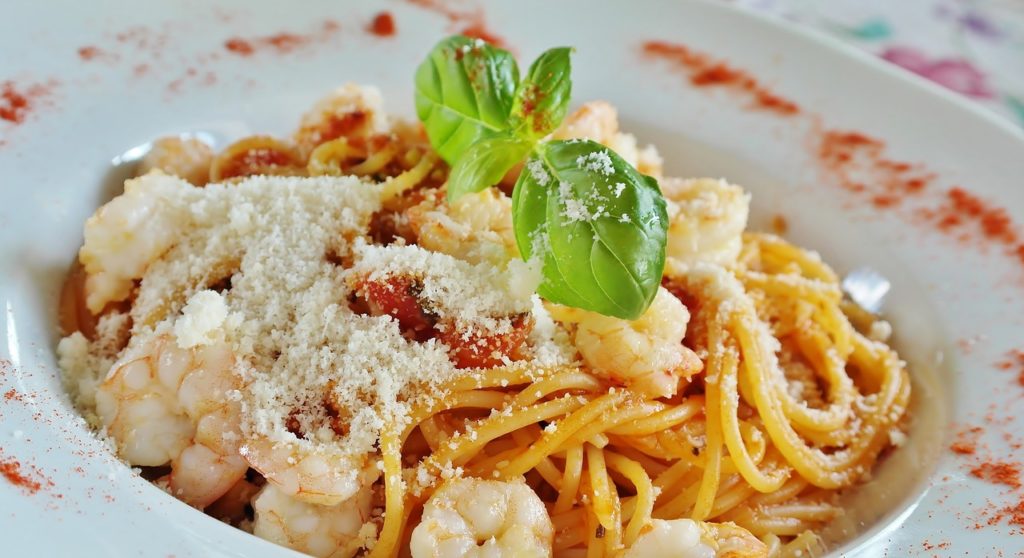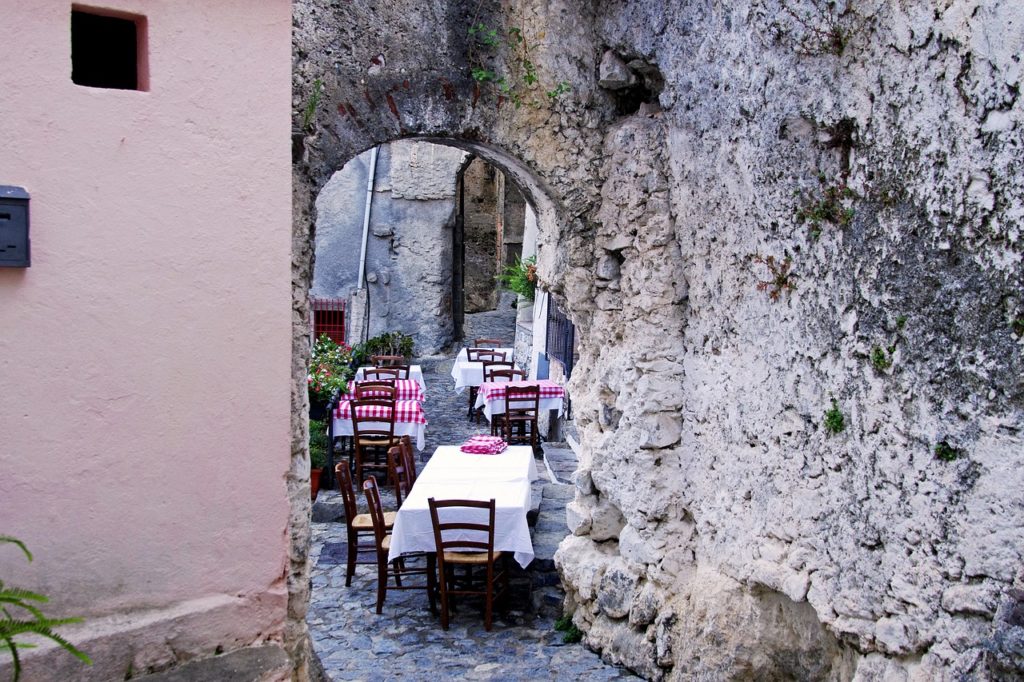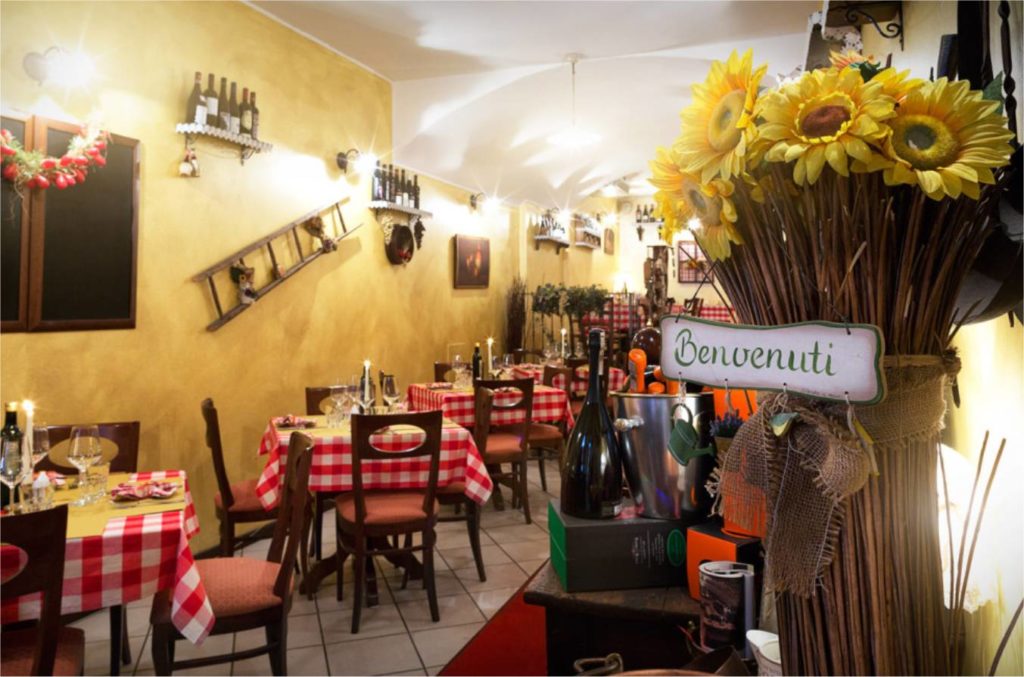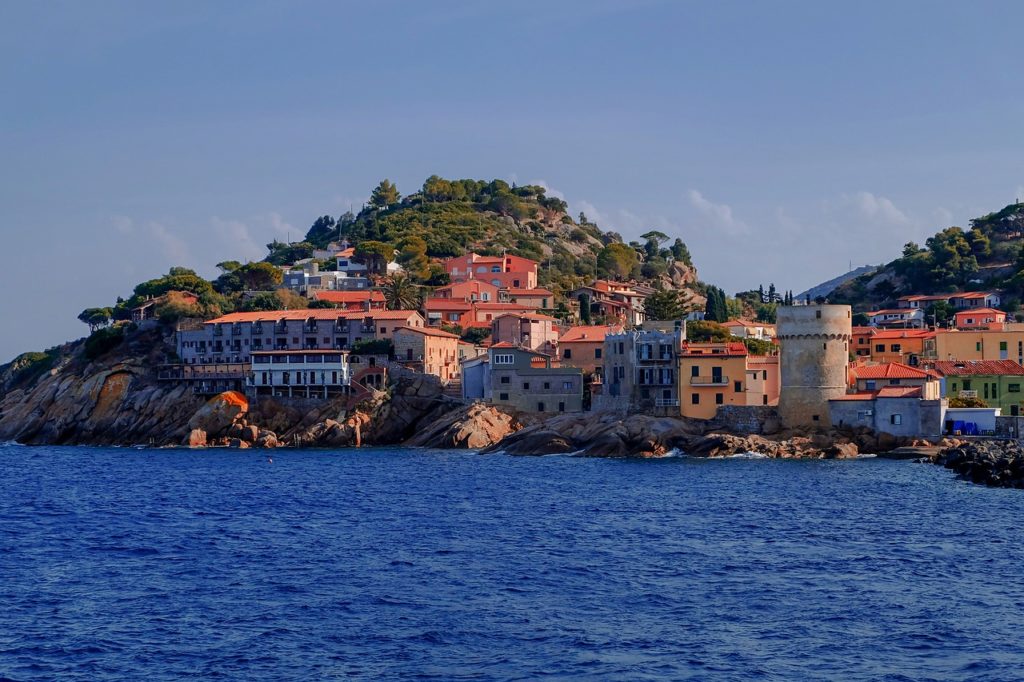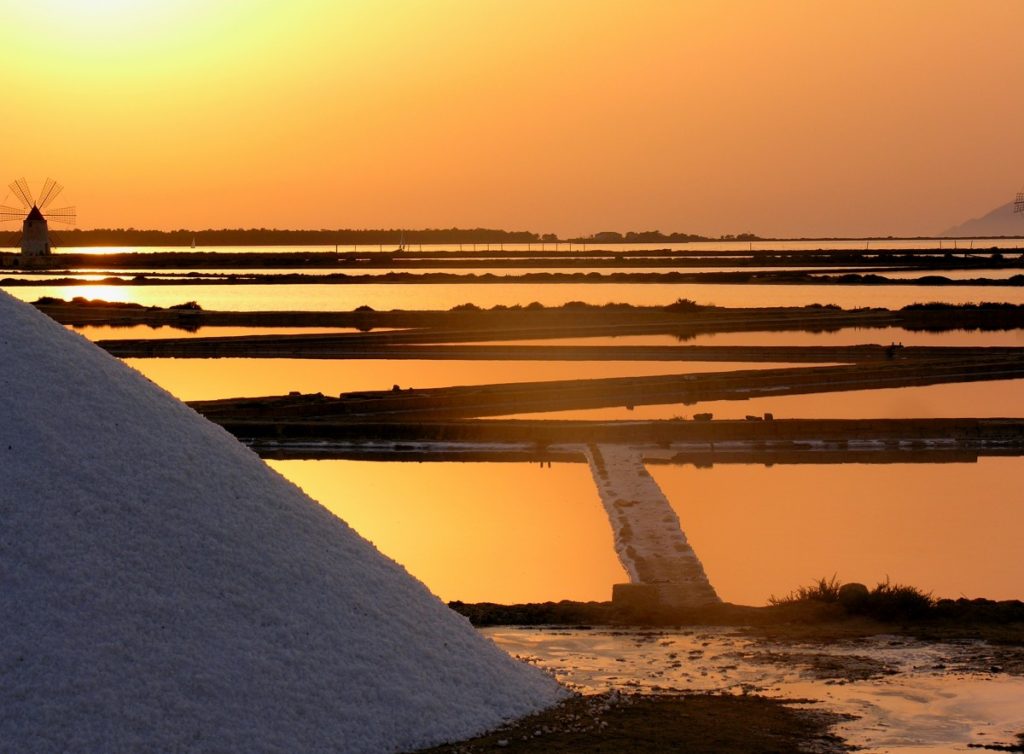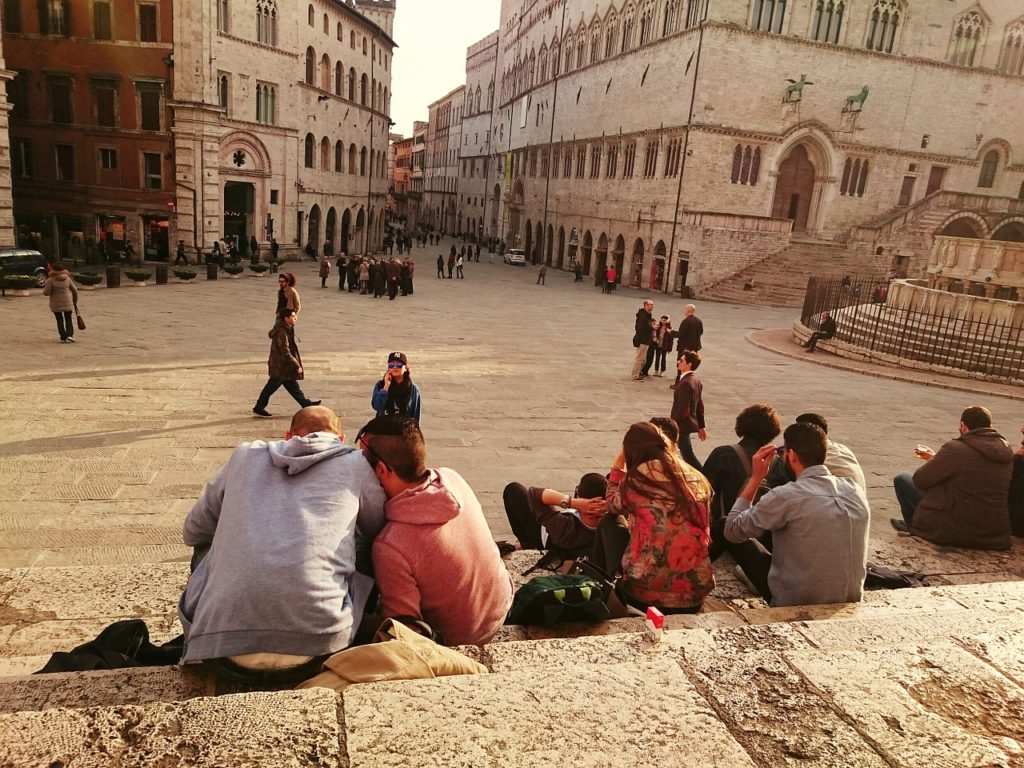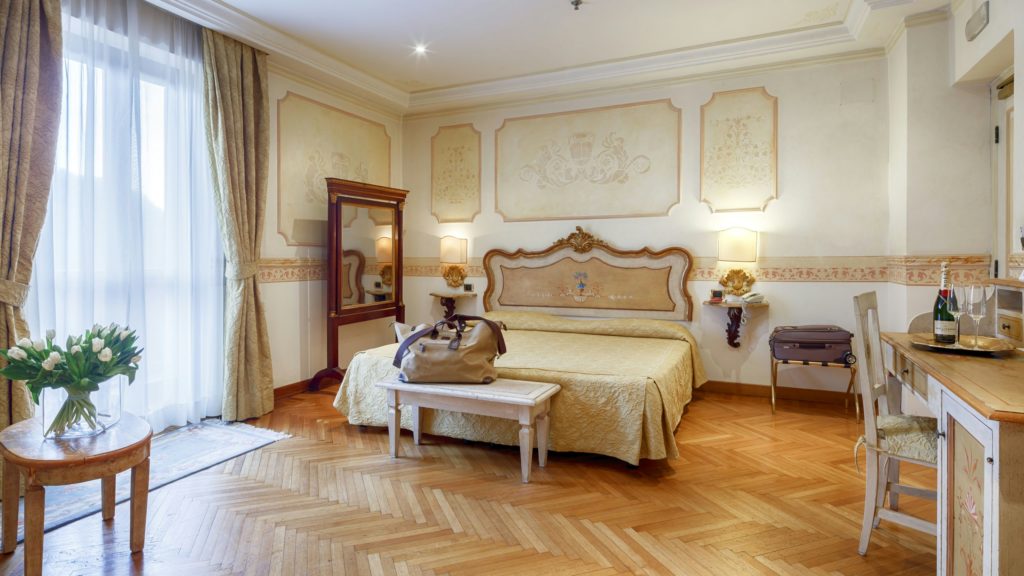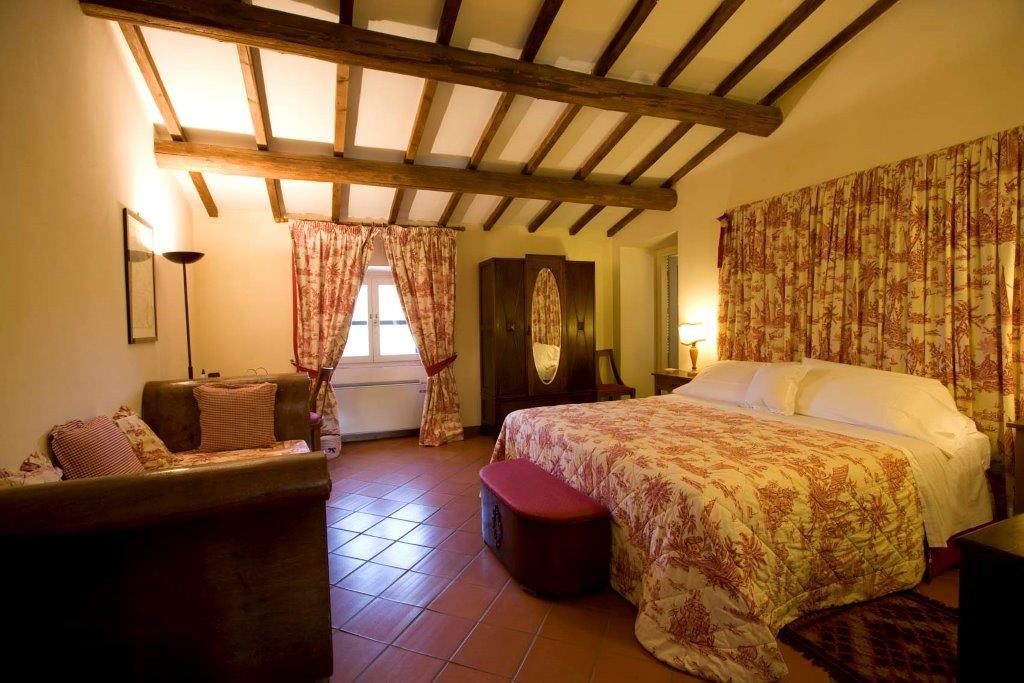Rome’s airport, Fiumicino, is one of the main airports servicing the city of Rome. It’s the largest of the area and manages most national and international flight arrivals and departures. Unless you plan to stay in Fiumicino, you will need to explore and decide on your transportation to the main city of Rome. There are many options to connect these points so here we would like to outline the main options to help you make an informed decision! There are plenty of train, bus, and taxi solutions and many can be booked in advance or on-the-spot either at the ticket booths or inside the transportation vehicles themselves.
FROM FIUMICINO TO ROME BY TRAIN
If you’d like to take a train, you have two options. The Leonardo Express directly connects Fiumicino Airport to the Roma Termini station. If you are staying near this area, this train is the best option. It costs around €14/person and only takes about 30 minutes. You can see the train schedules and book online . An additional and much cheaper option is taking a regional train also booked through Trenitalia. Trains run every 15 minutes from 6:00–23:30 for €8/person. The train, however, makes 10 stops on the way to the Roma Termini station. The stops include Roma Ostiense and Roma Tiburtina so if you’re staying by those stations in Rome, this train option may be a better fit for you.
FROM FIUMICINO TO ROME BY BUS
Traveling by bus from this airport to Rome offers at least 5 options. The least expensive option is through the company, Terravision. The tickets can be booked in advance and cost about €5.80. Terravision busses start the earliest in the morning and go very late into the night also. The busses through Schiaffini cost about €6.90 and are only available between 6:30–21:50. These tickets can be booked online Two other companies offer prices around €6–€7; they can be booked at the respective websites for each company: Cotral and Tam Bus.
Lastly, there is a shuttle bus offered by Sit Bus. This bus goes to the center, but stops at address Via Marsala 5 as opposed to Roma Termini and the price is €11/person. While this is the most expensive option, if your accommodations are closer to this address, it may be a better option for you. This bus also runs until 00:30.
FROM FIUMICINO TO ROME BY TAXI
While you may be certain of your arrival time, the unexpected could always occur. If you anticipate delays or want to be more flexible with timing, a taxi may be the best option. Taxis from Fiumicino Airport function at a fixed rate of €48/person, including all nights and holidays.
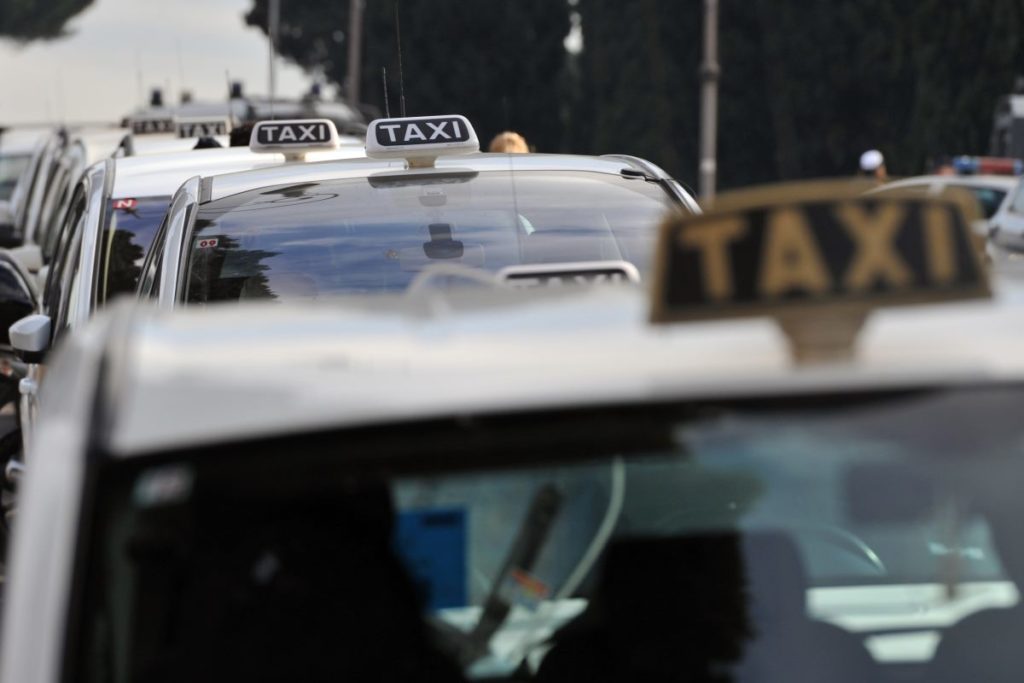
If a taxi driver tries to charge more or starts a meter when leaving the airport, get out and take another taxi that assures you the fixed rate. If not, you could easily pay double the price. Some drivers may try to take advantage of tourists in this way so proceed with caution when accepting a taxi ride outside the airport.
